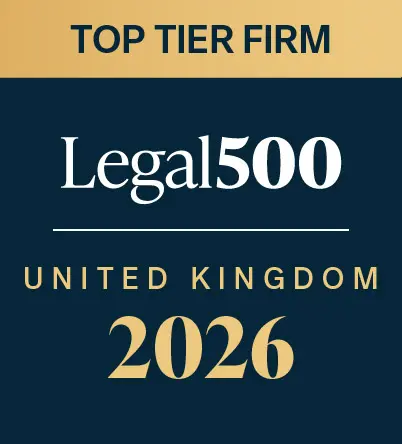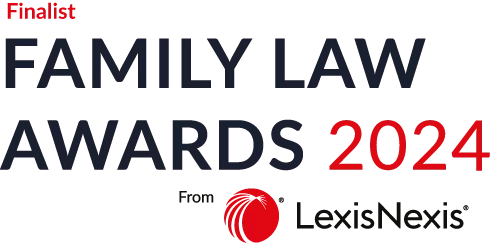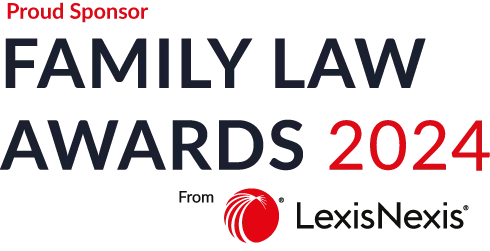Placement Order Contact – where are we now?
Adoption legally severs a child’s connection with their birth family. In many cases that means that a child will have no contact with their birth family unless, or until, they seek out contact once they become an adult. The standard post-adoption care plan in respect of contact has on the whole been, throughout my 20 years of practice, for there to be twice yearly letterbox contact. Whilst letterbox contact ensures that the child knows, often when they turn 18, that their parents or wider family members have maintained contact, I can only imagine how hard it must be to try to maintain this when often no responses are forthcoming.
Post-adoption contact planning has been the focus of lots of discussion since the publication of the report of the adoption sub-group of the Public Law Working Group ‘Recommendations for best practice in respect of adoption’, and more recently it was considered by the Court of Appeal in the case of S (Placement Order Contact), Re [2025] EWCA Civ 823.
Section 26 of the Adoption and Children Act 2002 established that a court can make a contact order with a placement order. However, in practice this is rarely used and at best the court involvement ended with assurances that the local authority would use its best endeavours to search for a placement who would be open to contact with the birth family.
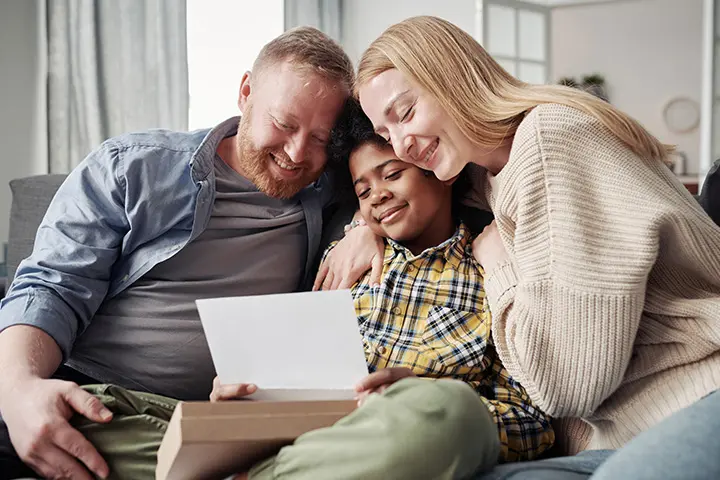
What is a Placement Order?
A placement order is a court order under the Adoption and Children Act 2002 that allows a local authority to place a child with prospective adoptive parents before an adoption order is made. It’s granted when the court decides adoption is in the child’s best interests, even if birth parents do not consent. Parents keep parental responsibility until adoption, but their decision-making powers are very limited. The order lasts until revoked or replaced by an adoption order.
Public Law Working Group – Recommendations for best practice in respect of adoption
The report summarises issues arising from research which were influential in their thinking, these are [para 65 Chapter One]:
- There is considerable evidence that transparency and openness around the circumstances and experiences of the adoptee’s birth family is beneficial to an adopted child.
- The purpose of contact post-adoption is for the adoptee about enabling a process to help them understand their experiences and develop a sense of identity. Existing relationships with birth parents must change to take into account their different role as a result of the legal process of adoption.
- Separating siblings can lead to an enduring sense of loss.
- There are strong indications that face-to-face contact helps adoptees develop a sense of identity, accept the reasons why they were adopted and move forward with their lives.
- However, ensuring that contact is safe for the child is pivotal to positive outcomes.
- Communication with and understanding from the parties involved in contact (birth parents or other relatives/adoptees/adopters) is an important component in its success.
- Despite the research indicating the benefits of face-to-face contact, where it can be safely managed, the overwhelming majority of cases continue to recommend only letterbox contact. Where direct contact does occur it often happens without any formal agreement being in place.
- Letterbox contact can prove problematic. A high number of arrangements stall as a result of one (or both) parties failing to maintain the arrangement. This leaves many adoptees without any effective contact from birth families.
- The experience in Northern Ireland tends to suggest that a shift in mindset by professionals involved in the process of adoption and strong guidance from the judiciary can bring about a change in approach to post-adoption contact without the need for changes in primary legislation.
The recommendations in the report amount to a sea change in respect of how contact is considered in and out of proceedings, with the local authority having to explore family options and family trees, and also actively considering all contact options. Rather than automatically defaulting to letterbox contact. Where it is to be letterbox contact, they recommend exploration of the digital platform which might better support the process so that it actually takes place. Relevant for this article there was recommended a renewed emphasis on post-adoption contact in the final care plan, and specific consideration of sibling contact, supplemented by a contact support plan.
This means that courts should consider how they can use S.26 of ACA 2002, which can set the contact between placement and adoption orders, and whilst they would end on the making of an adoption order, it may ‘set the tone’ for what is planned will happen. It also recommended that courts consider, in the right case, the use of S.51A ACA 2002 which contemplates the making of a contact order now or at any time after making an adoption order.
There was much professional discussion about the report and how practice would change. In reality I have so far seen little change in the final care plans that I have seen. There is clearly a training issue which will need to be resolved to shift professional mindsets. So I was interested to see that the Court of Appeal had recently considered the issue of post-adoption contact, there is a surprising absence of case law on contact at the placement order stage of proceedings.
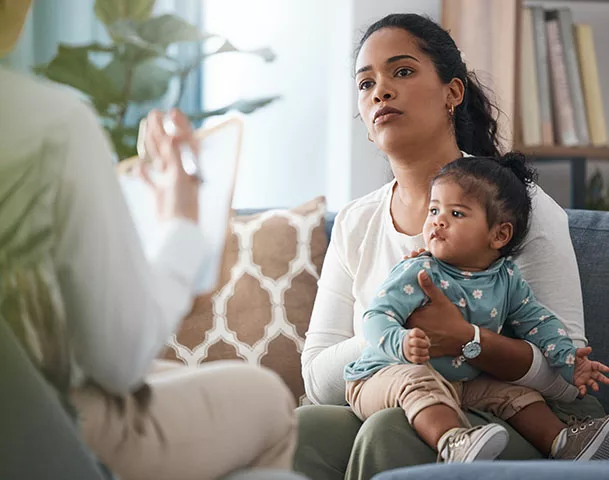
Post-adoption Contact: Understanding the Impact on Families
Why Does Post-Adoption Contact Matter for Children and Families? Find out more about post-adoption contact by reading our article here.
S (Placement Order Contact), Re [2025] EWCA Civ 823
This was an appeal brought by the mother following a contested hearing in which the judge made a placement for adoption order but declined to make an order for sibling contact. It appears that the Judge’s concern was limiting the pool of prospective adopters. The parents wanted a S.26 order to be made, the local authority and children’s guardian did not. It is recorded that the Local Authority care plan made clear that ‘one of the essential criteria’ was to search for adopters open to considering post-adoption contact, the plan was for fortnightly contact until adopters were identified and after adoption contact was to be twice per year. The order sought by the parents was in the same terms so the dispute was whether there should be an order under S.26 or not.
The Association of Lawyers for Children (ALC) intervened and observed that in the 20 years the court had the power to make such orders they had been ‘under utilised’ and that their membership had observed that applications for such orders are routinely met with ‘default opposition’ on the basis that it would limit the pool or prospective adopters. That seems to have largely been the concern of the Judge at first instance. They submitted that ‘a placement for adoption order should be seen as a bridging order, designed to move a child from their current circumstances into an adoptive placement. On that basis, where the court is clear that continuing contact is an important element in the structure of hat bridge, that should be reflected in the orders that are made’.
Coram BAAF also intervened, they highlighted the long term potential importance of sibling relationships. They also highlighted changes as a result if training on the increase in new adoptive families agreeing to some forms of contact. It was submitted that arrangements need to remain flexible ‘so as to reflect the changing needs of the child’. It was suggested that as a form of S.26 order which recognised the importance of continued contact, but allowed for a significant degree of flexibility might be the most appropriate means of meeting a child in some cases. This was endorsed by the President in the Judgement, he observed that ‘Given the number of uncertainties in play at the time that a placement order is being made, a more flexible statement of the road map for future contact that the court has determined for the child may well be more appropriate’.
The appeal was dismissed, with the President of the family Division, Sir Andrew McFarlane, giving the lead judgment. The Judgment gives guidance about to the management of post placement order contact and the use of Section 26 orders to signal future arrangements beyond adoption was contemplated in cases where the child’s need for contact was dominant. The negative impact that such an order can have in the search for prospective adopters is also a relevant consideration.
What next for Post-Adoption Contact?
It does not seem likely that there will be an influx of applications or orders made for post placement order adoption following from this Judgment. However, I hope that practitioners will be more alive to these issues and the value that maintaining contact with birth families can have for adopted children. It is clear there should be an expectation in each case to ‘road map’ contact in appropriate cases. There must be a comprehensive evaluation of the child’s wider family and what each could offer in terms of contact. There is in my view often all the focus on parental contact, but it may be that they are not, for many of reasons, suitable for contact at the time a placement order is sought, but siblings, aunts, uncles, grandparents etc should all be considered.
There will no doubt be continued worry about the impact on the pool of possible adopters where such orders exist, but surely this may be lessened where the wider family are already involved. But first and foremost, for me there needs to be widespread education and training for the professionals involved and also prospective adopters. There needs to be better understanding of the benefits highlighted by years of research.
Get in touch with our specialist Adoption Solicitors in London and Brighton
At Goodman Ray, we have an expert team advising on care and adoption matters, if the issues in this article raise issues you are seeking advice on please contact us.
Post-Adoption Contact FAQs
Letterbox contact is an arrangement where birth families and adopters exchange letters, cards, or photos through a secure service, usually once or twice a year. It allows indirect communication while protecting the child’s privacy and the adopters’ contact details.
Yes. A birth parent can ask for post-adoption contact during care proceedings or after the adoption order. The court will decide based on the child’s best interests, considering safety, stability, and whether ongoing contact supports the child’s welfare and identity.
A Section 26 order allows the court to set contact arrangements when making a placement order for adoption. It can outline who the child will keep in touch with before adoption, helping to “road map” potential contact after the adoption takes place.
Section 51A lets the court make, vary, or end a contact order at the time of adoption or later. It can be used by birth relatives, adopters, or the child (with permission), ensuring contact arrangements can be adapted as the child’s needs change over time.
Yes. Post-adoption contact can be changed if circumstances alter. This may be agreed informally between adopters and birth relatives or decided by the court under Section 51A ACA 2002, ensuring arrangements remain in the child’s best interests.
Contact us today
If you have any questions or wish to get legal advice on any of the topics raised above please feel free to contact us.
Call us on 020 7608 1227

